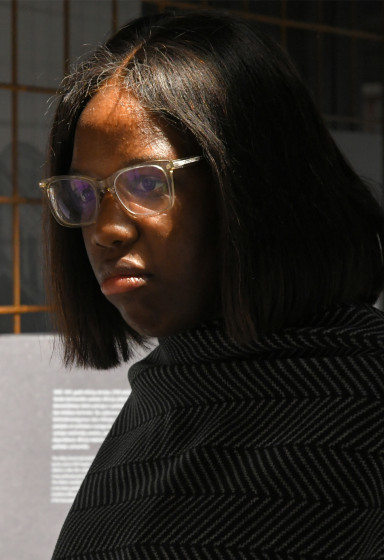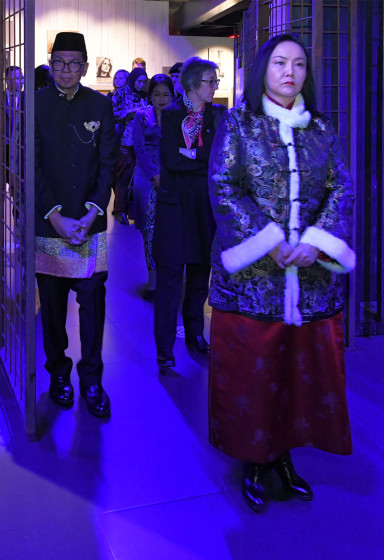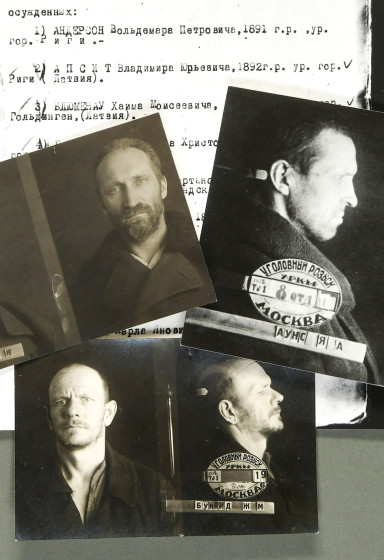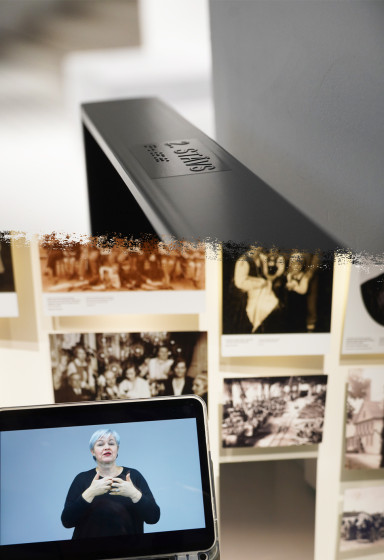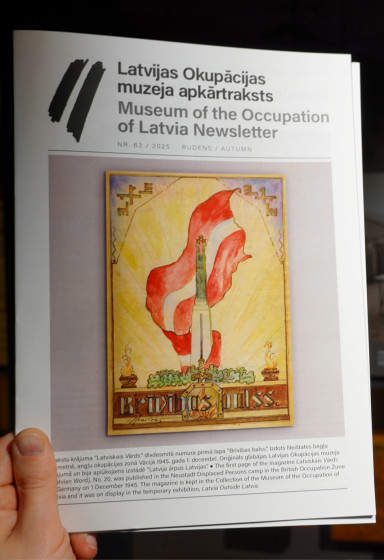Donate to Museum
Each donation helps to ensure the Museum's activities, allowing it to function and provide information for people from all over the world.
The Museum is grateful to each donor and invites everyone to contribute.
A Previously Unknown Photograph of the 25 March 1949 has been Donated to the Museum of the Occupation of Latvia

On the Remembrance Day of the 25 March 1949 Deportation, the Museum of the Occupation of Latvia gave the public a unique view of a previously unpublished photograph depicting the deportation. The photo shows a Latvian family at Ventspils railway station just before they are put in the train with 1,161 people being taken from Latvia.
In front of the wagon the Kroja family can be seen – parents Marta and Vilis, and also their daughters Valija and Maiga. Their third daughter Rasma was put in another wagon because she was taken from the city of Ventspils. The fourth daughter Olga with her two-year-old daughter Virgīnija were the only ones in the family who were not deported and remained in Latvia. The Kroja family were deported to the village of Borisovska, in the Sherbakle district of Omsk, and were released from exile only in 1958. The parents, Marta and Vilis, were forbidden from returning to Latvia and died in Siberia but their daughters managed to return to Latvia. The family sent the photo to their daughter and sister in the early 1950s. The photo was in turn donated to the Museum of the Occupation of Latvia last year by Virgīnija Kreba. She said that her mother had been reluctant to talk about her parents and sisters. It was only when Virgīnja was an adult did she learn a little about her relatives being expelled and why it happened. Even after her mother's sisters have returned to Latvia contact was not easy due to the years of separation.
The photo was discovered through a research project conducted with Oskars Gruzins, a doctoral student at the Faculty of Social Sciences of the University of Latvia, on the subject “Children Born in War”.
The deportations were secret Soviet regime operations, where it was forbidden to take photographs or film. Therefore, it is easy to understand why the photographer is unknown. The photograph was taken with the Soviet wide-angle camera “KOMSOMOLEC”. Three other photos are already known to exist of the 25 March 1949 deportation, taken at Stende Station. The author of those photographs was a young man called Jānis Indriks.
The photograph was first revealed to the public on 25 March 2019 at the Museum of the Occupation of Latvia. At the event Lelde Neimane, head of the Museum's Audiovisual Department, spoke about the donation of the photograph to the museum’s collection, and also screened fragments of video footage filmed by the museum of Virginia Kreba, Janis Indriks and other deportation witnesses.
